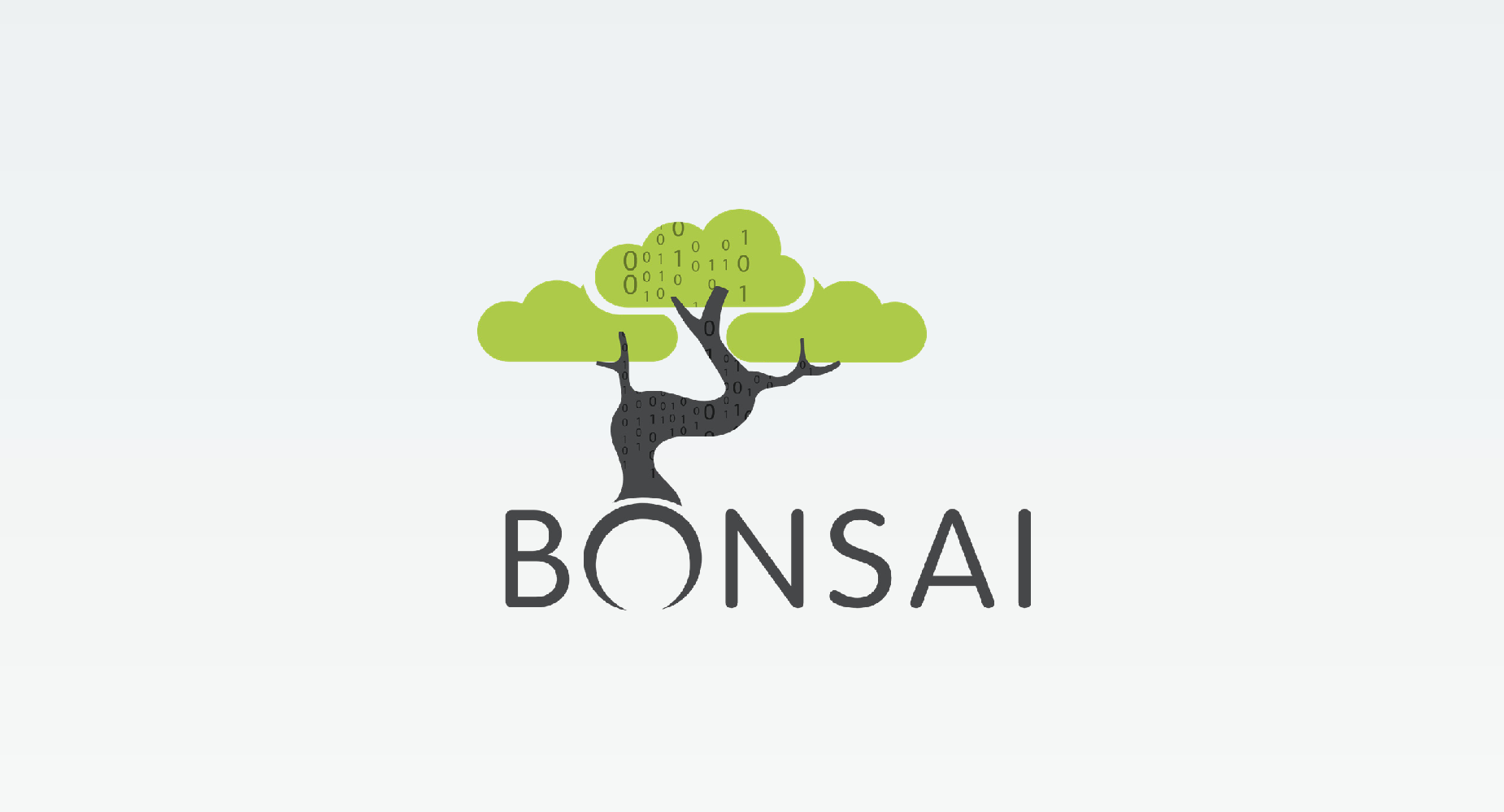You should never lose money advertising on Google Ads. You should never lose money on Facebook ads. In fact, you should never lose money anywhere media is sold at auction. Sure, it’s harder for big firms with big-firm problems, but if you are a small business or a mid-size company marketing direct-to-consumer through measurable channels, this is a solvable problem with a little focused effort up front. First, establish your key value metrics, next, know how to intervene and give automation the information it needs to succeed. Third, adjust the appropriate lever given the channel. Apply these three actions, and you’re business will have two more profit centers than it had prior to today.
Measure Value – Not Cost
Most every marketer I talk to can tell me the average CPC they pay in their account or their industry. Almost none of those same people can ever tell me what those clicks are impressions are valued at, or what they are worth to the bottom line, of their business.
Your efforts to control costs and manage marketing expenses are noble, but misplaced. Auction media like Google & Facebook doesn’t respond well to cost-center questions and cost-center controls. “What’s my CPC limit” or “How can I increase my exposure while reducing my budget” are questions that can keep your costs in check, but they can’t help your Facebook or Google marketing effectiveness, ROI, or bottom line. Instead of worrying about your CPC or CPM [hint: every impression already shows up for your minimum price possible anyway], you should master the value side of your marketing metric calculations. Here’s a simple list:
-
What’s a sale worth to my business? To Calculate: Take the revenue from a sale, remove the costs of goods sold, and then also remove other known expenses (fixed, variable or otherwise) to get the value.
Example: $100 Per Transaction – $50 Cost of Goods Sold – $5 (say, shipping fees) = $45 Value
-
What’s the value of a Google Ads click or Facebook Ads impression? To Calculate: Take the sale value and divide by the clicks required prior to a customer sale in Google Ads, or impressions/clicks required prior to a sale in Facebook Ads.
Example: $45 Value / 20 Clicks per sale =
$2.25 Value-Per-Click
Now the math is simple, you simply buy traffic from Google Ads or Facebook Ads that stays below your established Value-Per-Click or Value-Per-Impression. You can break this into many segments if you’d like with unique targeting & delivery (Campaigns, Groups, etc.), but this basic practice holds true across any mix you deploy. Is there anything more you need to consider? Yes, we haven’t solved everything yet. Any marketer who’s using two or more marketing channels concurrently will have no line of sight into the “true total impact” of their marketing investments within ad-network-specific performance reports.
Example: $45 Value Per Sale
Your Google Ads Report Shows Sales @ $30 per sale.
Your Facebook Ads Report Shows Sales @ $30 per sale.
Are You Making Money? It Depends.
If every single customer purchase came after seeing the Facebook ad and then through a Google ad click to your site for purchase, this means you are spending $60 per sale [30 + 30]. Now, you’ve generated $45 of value, but spent $60. Neither Facebook nor Google’s bid automation technologies will automatically adjust for this. Left unchecked, your business will lose $15 in value for every next sale these marketing channels generate. You’ll blow through your budgets, and your balance sheet will decay. Meanwhile, your ad platform’s performance reports will look like everything is fine. How much should you adjust your Cost-per-sale targets in Google Ads or Facebook Ads to account for this? There’s data science methods, and firms that can help you tackle the question, but informed, decisive principles can work just fine in a pinch. Here’s what to remember:
- Facebook makes things easy. Lowering budget for Facebook will reduce the cost per sale. Say your campaigns were spending $120 and generating 4 sales per day in Facebook Ads reporting. Lowering your budgets, say to $60 / day, could net you 3 sales a day reported, or $20/sale.
- Unfortunately, lowering budget for Google will do nothing to improve cost-per-sale. A $120 Google Ads budget can get you $30 per sale, or 4 reported sales a day. If the only change you make is to lower your budget to $60, you’ll still get $30 per sale, and only 2 reported sales a day.
To improve your Google Ads efficiency, don’t reduce your budget – reduce your bids. Accomplish this by:
-
manually reducing CPC
-
increasing Target ROAS
-
decreasing Target CPA
Lower bids until you receive sales at $20 per sale, as reported in Google Ads. In this example, even if every single sale came after a Facebook Ad and a Google Ad click, you’re going to be profitable.
$45 – $20 Facebook And $20 Google = $5 Profit
There’s a plethora of bad advice, tips, false promises when it comes to strategies to succeed in Google or Facebook ads. Most of these, at best, over-complicate the process. At worst, they cost your business money. Your business needs profit centers more than ever. If your paid digital acquisition channels aren’t set up as one yet, you are only hurting yourself. In every case, doing this will be better for your business than losing money on ads, or turning them off altogether. Get it set up or find someone who can help.



